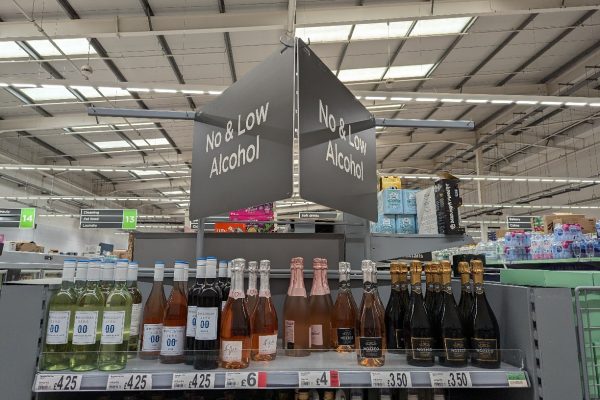
A recent study “Machine Learning for Predicting Wine Quality and its Key Determinants Based on Physicochemical Properties” (PDF download) by Domonkos Frigyes Török, explores the role of various properties in determining wine quality.
Sulphates, pivotal in the wine’s preservation and flavour profile, actually play a dual role as both preservatives and taste enhancers. They contribute significantly to the wine’s complexity and longevity when balanced correctly, but excessive amounts can lead to undesirable tastes.
Alcohol content is another crucial factor, influencing the wine’s taste, texture and aroma. It adds body, richness, and a velvety texture, enhancing the wine’s overall mouthfeel. However, an imbalance in alcohol content can overpower the wine’s subtler flavours and aromas, detracting from the drinking experience.
Volatile acidity, in controlled amounts, adds complexity and character to the wine, imparting a slight sharpness that enhances its flavour profile. However, high levels of volatile acidity can result in unpleasant vinegar-like tastes and smells, necessitating careful management in the winemaking process.
Total sulphur dioxide (SO2) plays a crucial role in maintaining the wine’s colour, freshness, and preventing spoilage by inhibiting unwanted bacteria and yeasts. The balance of SO2 is vital, as excessive amounts can negatively affect the wine’s flavour and aroma.
Density, influenced by alcohol, sugar, and extract contents, reflects the wine’s overall composition, maturity and quality. It provides insights into the wine’s mouthfeel and body, contributing to the sensory experience.
Residual sugar, denoting the sugar content remaining after fermentation, determines the wine’s sweetness and influences its body and mouthfeel. While it plays a significant role in sweet wines, its influence is minimal in dry wines where other characteristics take precedence.
The pH level of the wine, indicating its acidity, affects various aspects of its character and quality, including taste, colour and microbial stability. A lower pH contributes to the wine’s freshness, while a higher pH can make it feel softer and rounder.
Fixed acidity, including non-volatile acids, impacts the wine’s taste, colour stability and microbial stability. Citric acid, though a minor component, affects the wine’s freshness and flavour. Chlorides, originating from the soil and winemaking practices, influence the wine’s taste and mouthfeel. Higher chloride levels can impart a salty character to the wine, enhancing its flavour in certain styles.
Free sulfur dioxide, crucial for protecting the wine from oxidation and microbial spoilage, reflects the portion of sulfur dioxide that is not bound to other compounds in the wine.
The paper uses machine learning technologies to assess wine quality across these determinants. The aim is to offer an objective framework for evaluating the quality of wine that can surpasses traditional, subjective tasting methods and provide a more standardised and reliable evaluation. Such an approach is expected to be beneficial for quality control, categorisation and fraud detection.













